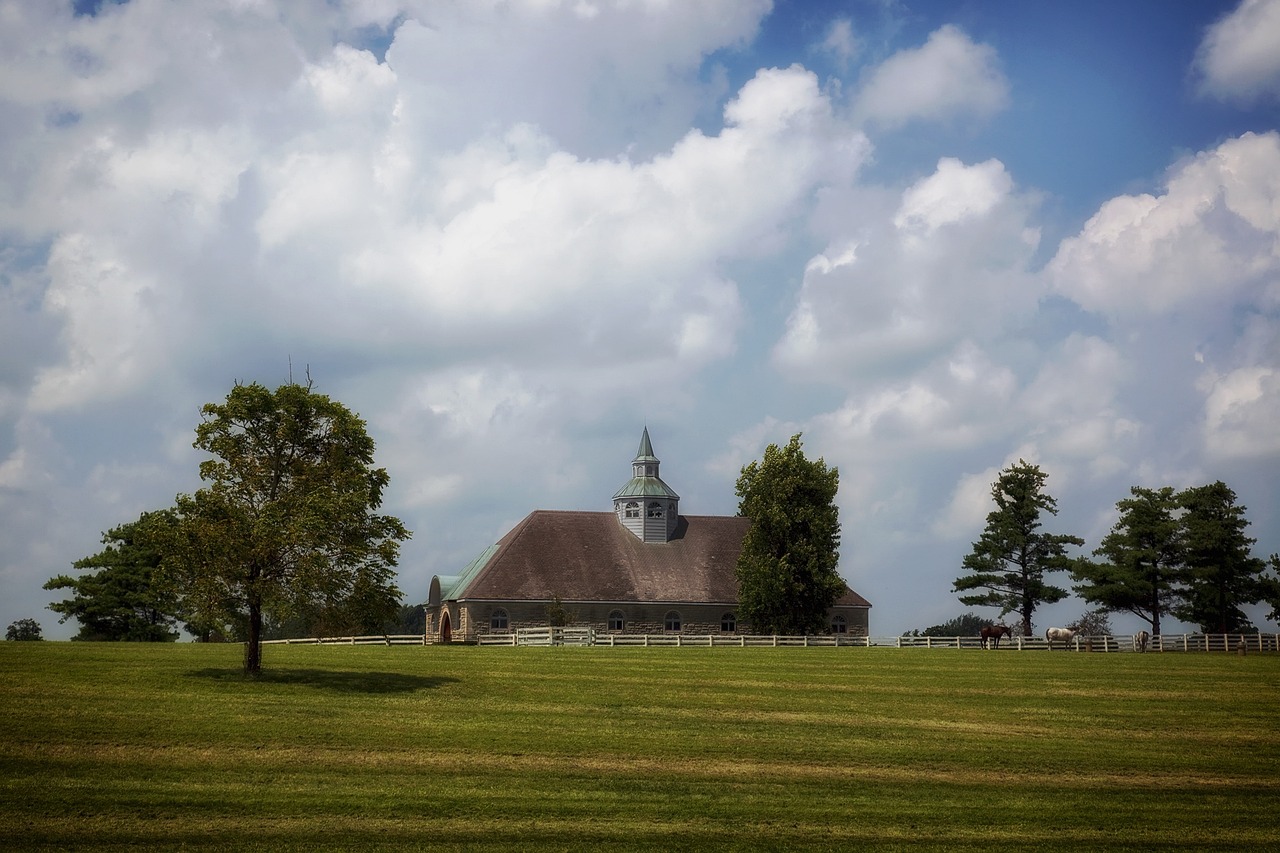
Copywriting – Thoughtful Land Use Provides Tactics to Tackle Climate Change
By M. Scott Morris
Click here for link.
Keyphrase: Climate Change and Land Use
Note: This was my first attempt at copywriting.
Thanks to the Urban Service Boundary (USB), Lexington-Fayette County’s decades-long tradition of protecting and preserving our agricultural heritage provides a pathway forward for fighting climate change.
No one had heard of the phrase “climate change” in 1958 when the USB was created to distinguish between Lexington-Fayette County’s lush farmland and our business district. The Bluegrass Region is blessed with soil rich in calcium and phosphorus, minerals crucial for the growth of crops and livestock. Forward-thinking leaders realized that Fayette County’s quality of life depended on the quality of our soil.
Decades later, it is hard to argue with the results of taking a disciplined, long-term approach to land use. People around the world know about Kentucky’s Bluegrass Region and its horse farms, pastureland, row crops, and bourbon distilleries. By encouraging government officials and private individuals to make thoughtful decisions, the USB continues to deliver dividends more than a half-century after its creation. The agriculture industry contributes $2.3 billion to the Lexington economy each year and is responsible for one out of every 12 jobs in the county. Our natural beauty draws tourists from around the world who want to experience what we’ve worked so hard to protect.
Cause for Concern
The seeds of our success story were sown in the past. Now, Fayette County, along with the rest of the nation and the world, faces the challenge of climate change. As temperatures rise around the globe, the oceans become warmer, so more water evaporates into the air. That increases rainfall and snowfall amounts. Over the past decade, Kentucky has experienced both droughts and record rainfalls that are predicted to impact the state’s growing season for years to come. Environmental threats are a problem well beyond short-term answers, but past history shows smart development produces positive results.
The Environmental Protection Agency identifies greenhouse gases as the primary drivers of climate change. It may seem like a problem for big metro areas, where the streets are filled with vehicles spewing carbon dioxide and methane into canyons created by massive skyscrapers. However, the reality is closer to home. According to a Brookings Institution report, per capita carbon emissions in 2005 were higher in Lexington than in any other city in the nation.
“Dense metro areas such as New York, Los Angeles, and San Francisco stand out for having the smallest transportation and residential footprints,” according to the report.
The Fayette Alliance believes proactive steps should be taken to expand housing and transportation options to secure the bounty of the Bluegrass Region for our children and grandchildren. By preserving the USB and applying proven principles of intelligent land use, we can do our part in the global fight against climate change while also improving the lives of our fellow citizens.
And thousands of Lexington residents are already engaged in the effort. For On the Table 2022, people from all walks of life were asked to share their opinions about the future of transportation, neighborhoods, jobs, land use, and other essential topics. The data are still being analyzed and will be used for Imagine Lexington, a comprehensive plan for growth that’s updated every five years. The initial results show Lexington residents are interested in topics that can have a real environmental impact:
Opposite of Sprawl
When Fayette Alliance and our partners sponsored a housing market survey, we learned that we can expect 20,000 new neighbors within the next decade. That says a lot about the attractiveness of our community, but it presents a problem. Approximately 22,000 new housing units will be needed to accommodate such a massive demographic shift, according to the study.
Communities faced with those numbers often expand into rural areas, turning cornfields into subdivisions. It’s a solution, but is it a sustainable one? Building homes farther away from jobs increase urban sprawl. That means more driving and increased carbon emissions. In addition, shopping centers spring up in what was once valuable pastureland. When businesses or houses replace agricultural zones, they’re seldom reclaimed.
New neighborhoods built in rural areas usually are composed of single-family homes that are beyond the budgets of potential buyers. The average cost of a house in Lexington is $250,000, and the average household income is $57,000. The housing study found that Lexington will see some of its highest growth in the 20-29 age range. The average age for a first-time home buyer is 32-35. Financial reasons alone dictate the need for new solutions, but the way forward inspired by the USB also tackles climate change.
According to Fayette Alliance’s study, Lexington needs to build:
Known as “missing middle housing” (MMH), these clusters of residences provide comfortable and affordable housing for young people starting their careers. Diverse and affordable homes are also attractive to seniors, another group expected to experience massive growth over the next decade. Location is key for seniors, and easy access to grocery stores, doctors’ offices, and entertainment options is a definite plus.
The Fayette Alliance believes the best way to meet future housing needs is to encourage infill and redevelopment. More than 17,000 acres within the current USB are ripe for development and repurposing. In general, MMH units are more energy-efficient than single-family homes, so constructing more of them should lower per capita carbon emissions and help Lexington avoid the top of future lists from the Brookings Institution.
Infill and redevelopment also allow the city to focus on updating existing services and making them more energy efficient within the USB rather than spending time and money to extend services to subdivisions built on former farmland.
On the Move
MMH development has the added benefit of encouraging people to become healthier. If your favorite restaurant is a few blocks away, why not enjoy a pleasant walk and leave the car in its parking spot?
Lexington is serious about getting its citizens moving. A number of downtown trails are being constructed or expanded:
Imagine Lexington’s planned overhaul of Nicholasville Road, a crucial transportation corridor, includes the addition of bike and pedestrian lanes as well as a Bus Rapid Transit (BRT) system. BRT lines operate every 10 to 15 minutes, and fares are paid in advance, so reducing traffic congestion and fighting climate change can be a convenient choice.
Lessons from the Soil
In the 1950s, leaders understood how crucial our unique soil is economically and culturally. They looked at the horse farms, corn crops, and bourbon distilleries and created the USB to protect a way of life.
The decades since have brought their fair share of disruptions and obstacles, but generation after generation has met the challenges before them with long-term vision instead of short-term fixes.
Climate change has the potential to cause all sorts of problems in Kentucky and around the world. However, Lexington-Fayette County residents have a rich history of making smart choices regarding land use. We know tradeoffs are necessary. We also know protecting what’s important provides cascading benefits for everyone.
Protection of our Climate and Land Use is far from the only reason to support the ongoing maintenance of the USB. Take a look at 10 frequently asked questions about the Lexington urban service boundary to discover more ways that it preserves the character and economic sustainability of our unique region.
